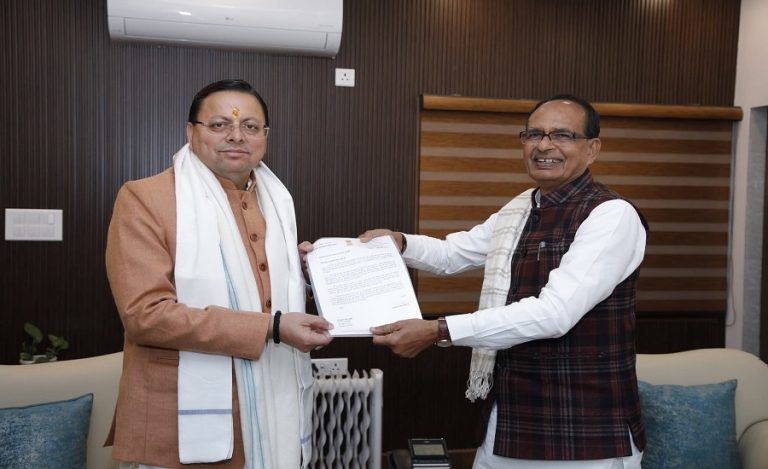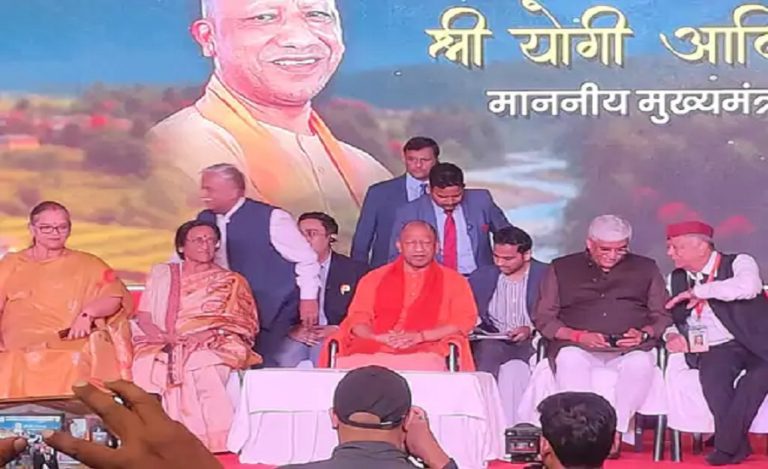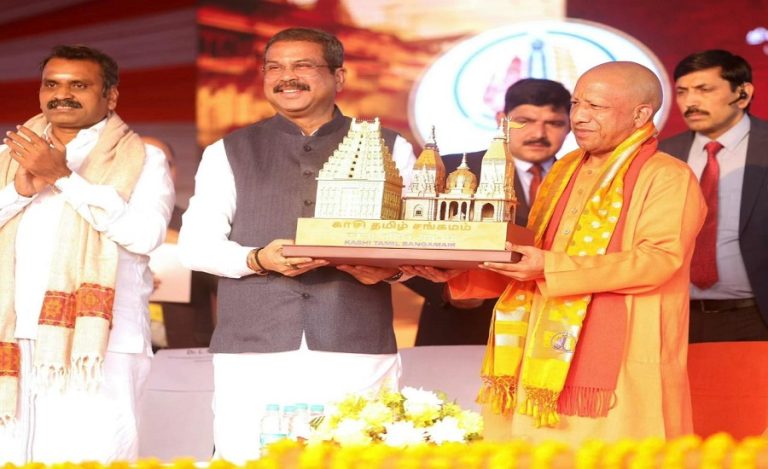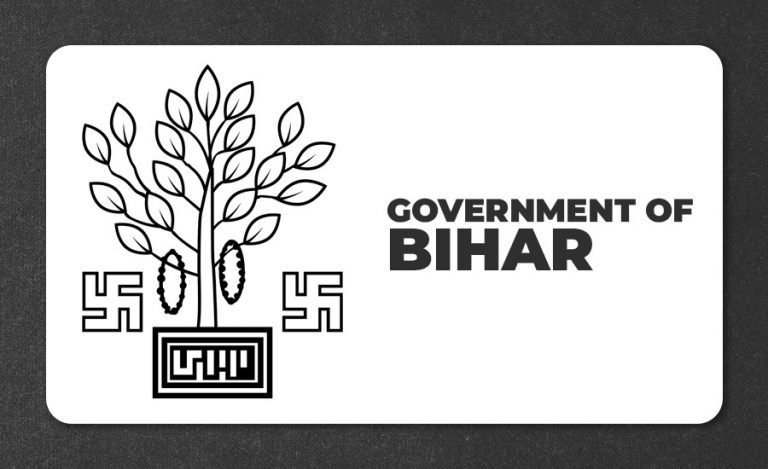New Delhi: In a significant push for defence self-reliance, India’s DRDO has successfully advanced its home-grown engine programme designed for future combat vehicles.
The first-generation prototype — under the “Gen-1” label — has completed more than 250 hours of endurance testing, and achieved a sustained output of 675 horsepower at 3,200 rpm. This development signals a pivotal shift in India’s efforts to reduce dependence on imported powerpacks and boost indigenous manufacturing under the Make in India initiative.
Background of Gen-1 Engine
For decades, India’s armoured vehicle fleet has relied on foreign engines, spares and maintenance chains, which create supply-chain vulnerabilities. Recognising this, DRDO initiated a modular engine family development programme aimed at tracked and wheeled combat vehicles, including infantry combat vehicles (ICVs), light tanks and unmanned ground platforms.
The “Gen-1 engine” prototype is the first visible step in this roadmap, combining advanced materials, scalable architecture and modular design to support multiple vehicle classes.
About the Gen-1 Engine
The Gen-1 engine is built with multiple objectives: compact dimensions, high power-to-weight ratio, fuel-efficient combustion, thermal management and rugged performance for battlefield conditions.
According to DRDO sources, the engine sustained 675 hp at 3,200 rpm during test-bed evaluation in 2024 — a clear demonstration of performance meeting design goals. Thousands of hours of further testing are planned, but this achievement already underlines India’s growing propulsion-engineering capabilities.
Key Importance of Gen-1 Engine
This breakthrough carries multiple strategic and operational implications:
Strategic autonomy: With a domestically-designed engine, India can reduce its dependency on foreign manufacturers, especially in the face of export controls and sanctions.
Logistics & maintenance savings: Indigenous engines simplify supply chains for spares and overhaul, reducing downtime for armoured fleets.
Vehicle design flexibility: A scalable, modular engine allows future vehicles (light tanks, IFVs, unmanned platforms) to benefit from a common propulsion architecture, reducing development cost and time.
Boost to defence manufacturing ecosystem: Engine manufacturing demands high-precision casting, machining, high-temperature alloys and electronic engine-control systems — all of which create a ripple effect in the domestic industrial base.
Key Challenges
While this milestone is significant, several challenges remain:
Integration into vehicle platforms: The real test comes when the engine is integrated into a working armoured vehicle and tested under field conditions in hot, cold, high-altitude and desert terrains.
Reliability & maintainability: Sustained battlefield operations demand high reliability, low-maintenance designs and robustness under extreme conditions (dust, vibration, thermal cycling).
Scalable future variants: DRDO’s roadmap moves from Gen-1 to Gen-2, which will require higher power-density, reduced thermal/IR signature and increased service life—these are technologically demanding.
Industrialisation & cost-effectiveness: Moving from prototype to production means setting up manufacturing lines, supply chains of specialised components and cost-competitive production – a non-trivial task in the defence sector.
Key Implications of Gen-1 Engine
For the Indian Army and India’s armoured vehicle programmes, this indigenous engine can become a game-changer:
- Light/medium tanks and IFVs with higher mobility, lower maintenance burden and better fuel efficiency.
- Unmanned ground combat systems with compact powerpacks enabling remote operations and hybrid propulsion options.
- Ability to upgrade existing fleets or design new platforms around a home-grown powerplant, thereby extending lifecycle and strategic value.
Way Forward
Looking ahead, the following steps will be critical:
- Conduct vehicle-integration trials with the Gen-1 engine installed in prototype platforms, including mobility, endurance and combat simulation tests.
- Proceed to the Gen-2 variant development (higher power, reduced signature, improved serviceability) and validate it by 2026-27 as indicated in DRDO’s roadmap.
- Establish manufacturing-ecosystem partnerships with Indian industry for casting, machining, engine-control electronics, thermal management systems and supply-chain logistics.
- Simultaneously, build and certify maintenance & overhaul infrastructure to support indigenous engines, including training of workforce, spares logistics and lifecycle management.
- Once matured, a modular engine family can not only serve India’s own fleet but also become a part of defence exports under the “Make in India” and “Atmanirbhar Bharat” vision.



























